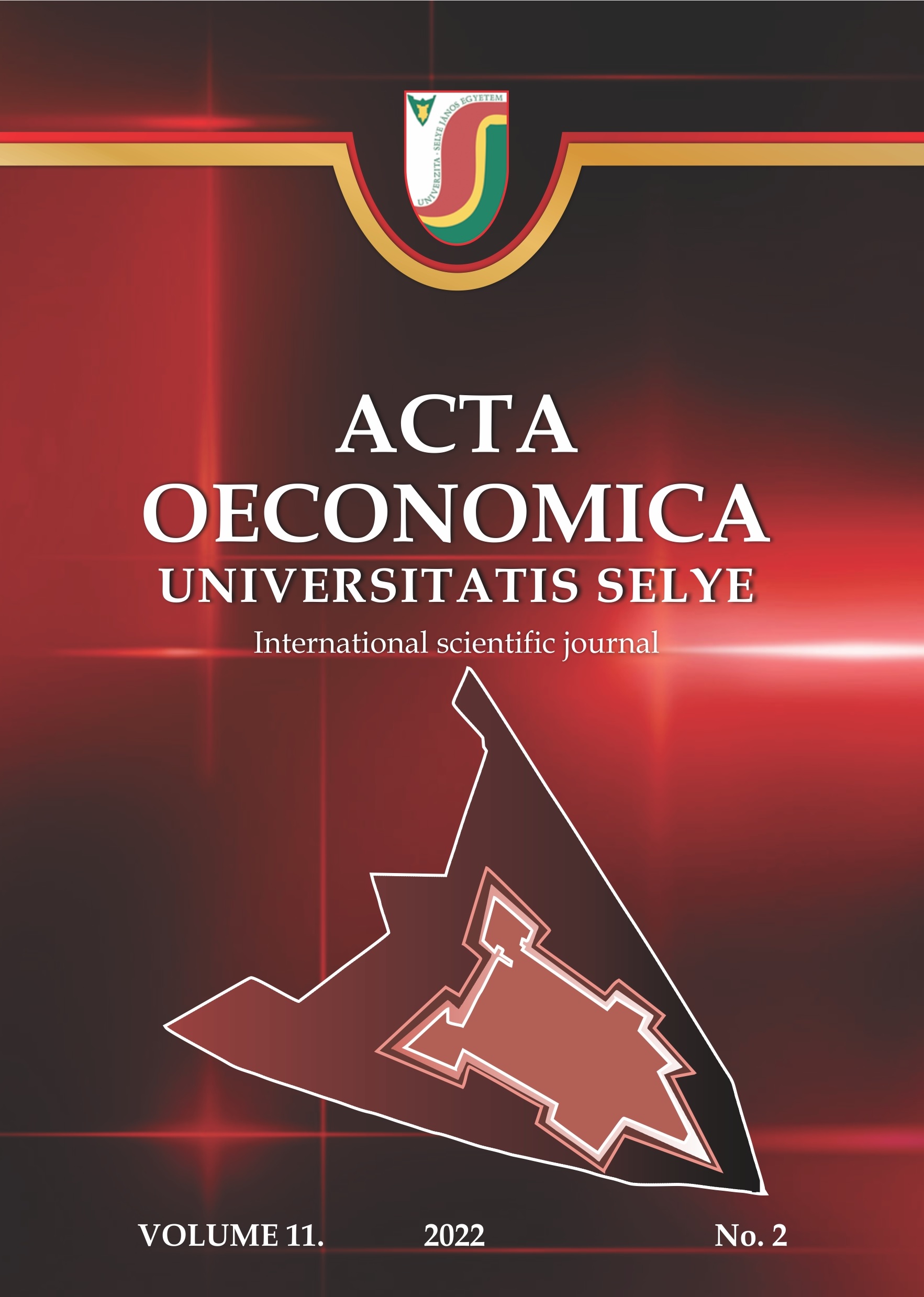Assessment of the implementation of the quality management (caf model) as an effective tool of public administration management – the case of Nitra municipality, Slovakia
Assessment of the implementation of the quality management (caf model) as an effective tool of public administration management – the case of Nitra municipality, Slovakia
Author(s): Laura Bandlerová, Loreta SchwarczováSubject(s): Economy, Business Economy / Management, Methodology and research technology, Accounting - Business Administration, Human Resources in Economy
Published by: Univerzita J. Selyeho, Fakulta ekonómie a informatiky
Keywords: CAF model; public administration;human resources
Summary/Abstract: The standard quality assessment system is a comprehensive quality management tool created for the public sector. From now on, the Common Assessment Framework model (such as CAF) assumes that effective management in public administration organizations can achieve exceptional results in organizational performance. The CAF model scheme consists of nine criteria that fall under the categories of organizational enablers and results. Within the “leadership” criterion, the paper explores the aspect of motivation and support of human resources in the organization by focusing on assessing the current state of implementation of the CAF model using a case study of the municipality of Nitra, Slovakia. As a part of the research, we focused on several aspects: the way the municipality deals with human resources of the self-evaluation process, the way the CAF team’s training is implemented, the self-evaluation process and the interpretation of the results of the self-evaluation concerning the municipality office, as well as about the level of public involvement in the process of increasing quality. The paper also evaluates the questionnaire survey carried out by the municipal office of Nitra, thanks to which we were able to find out the view of the residents on the functioning of the researched municipality. In order to process the paper – to interpret results and outcomes and formulate conclusions, we applied a base of primary sources (qualitative research method of unstructured interview) and a base of secondary information sources (available results of the questionnaire survey published by Nitra municipality).
Journal: Acta Oeconomica Universitatis Selye
- Issue Year: 11/2022
- Issue No: 2
- Page Range: 7-19
- Page Count: 13
- Language: English

